Climate Change Threatens Already Poor Air Quality in California’s Central Valley
Union of Concerned Scientists
JULY 26, 2022
California’s Central Valley consistently experiences the country’s worst air quality, and climate change is poised to make air quality even worse. In a region known for its exceptional agricultural productivity, climate change is quickly amplifying a dangerous type of climate risk in California’s Central Valley: air pollution.


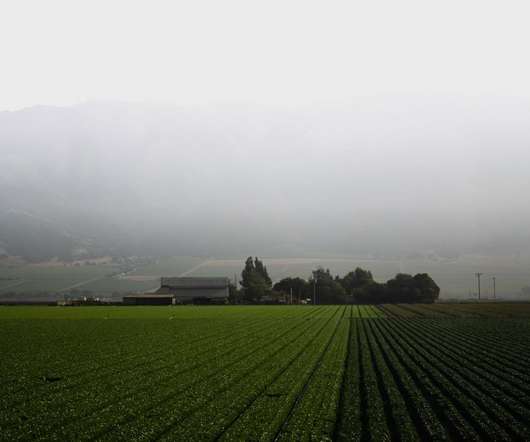
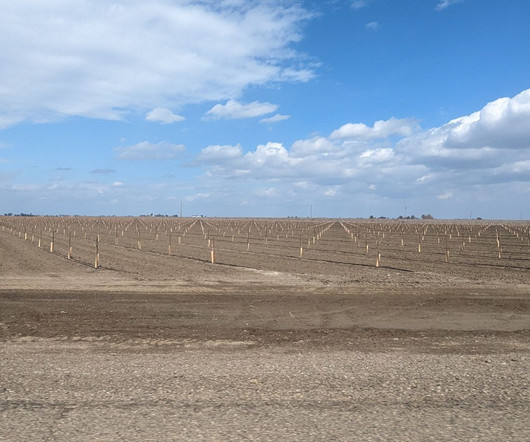
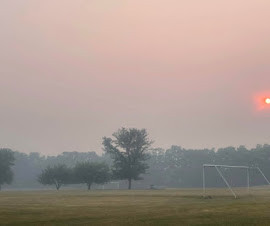
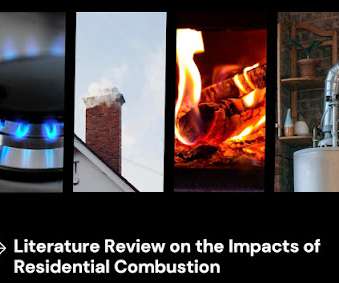
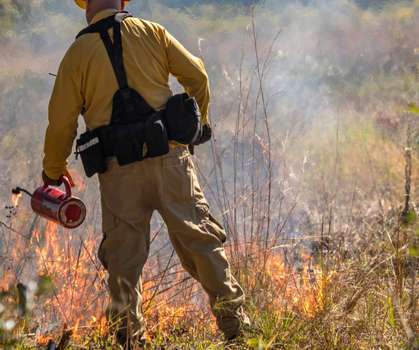






Let's personalize your content